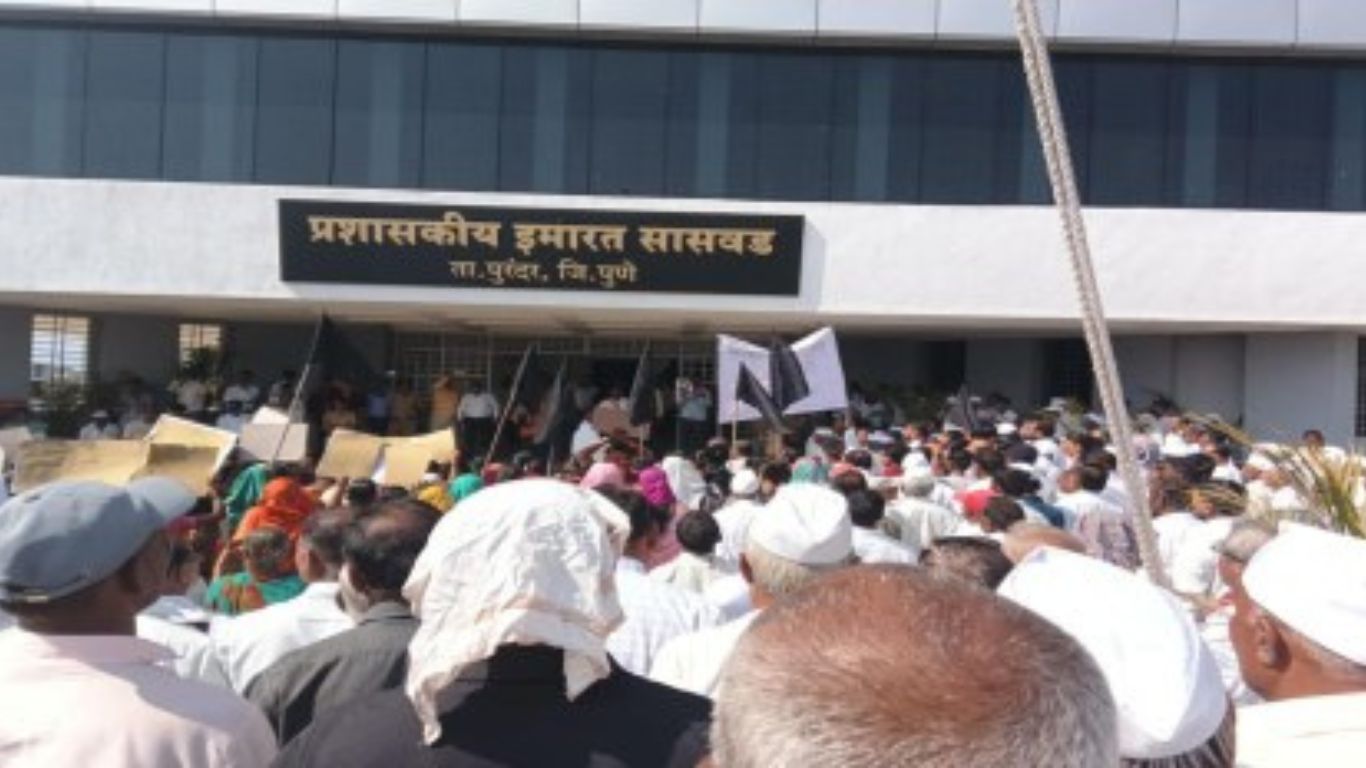Maha Metro gains land ownership over 2.1 lakh sq. m., fast-tracking metro growth in Pune, Nagpur, and Pimpri-Chinchwad with long-term infrastructure, housing, and commercial plans near stations.
Anshu Kashid
Pune| May 09, 2025 : In a major policy push to accelerate metro expansion beyond Mumbai, the Maharashtra government has permanently handed over land ownership rights to the Maharashtra Metro Rail Corporation Limited (Maha Metro). The move, formalized during the last week of April 2025 in a state cabinet meeting, marks a pivotal shift from the earlier 30-year lease model.
Over 2.1 lakh square metres of land—previously leased—has now been permanently transferred to Maha Metro, dramatically streamlining infrastructure execution in Pune, Pimpri-Chinchwad, and Nagpur. This shift not only reduces red tape but also enables faster project execution and more efficient urban planning.
Under this land allocation:
Pune Metro receives the lion’s share at 1,43,516 sq. m.
Nagpur Metro gets 46,841 sq. m.
Pimpri-Chinchwad Metro obtains 19,498 sq. m.
The transfer includes:
20 plots from Pune Municipal Corporation
8 plots each from Pimpri Chinchwad Municipal Corporation and Nagpur Municipal Corporation
12 plots from the Nagpur Improvement Trust
These lands will be used not just for transit, but also for affordable housing, educational institutions, hospitals, commercial complexes, and skill development centres—creating a holistic ecosystem around metro corridors. The aim is to support the “walk-to-work” or “work-near-home” concept, strategically aligning residential and employment hubs to reduce commuting time and daily expenses for citizens.
Maha Metro officials highlighted the financial model behind metro operations: fare revenues cover only half the operational costs. The rest is bridged through commercial developments around stations—offices, retail hubs, hotels, and educational facilities. These not only improve rider engagement but also enhance the financial sustainability of metro systems.
Crucially, the ownership model allows long-term planning, unlocking development potential for decades ahead. Affordable housing near metro stations will enable middle- and low-income groups to live closer to connectivity hubs, boosting ridership and revenue alike.
While local authorities will no longer manage these lands directly, the increased urban density and commercial activity around stations is expected to increase municipal tax revenue and other income streams, compensating for the shift in control.
Maha Metro Gets Land Ownership Rights: A Game-Changer for Urban Transit Growth in Maharashtra



